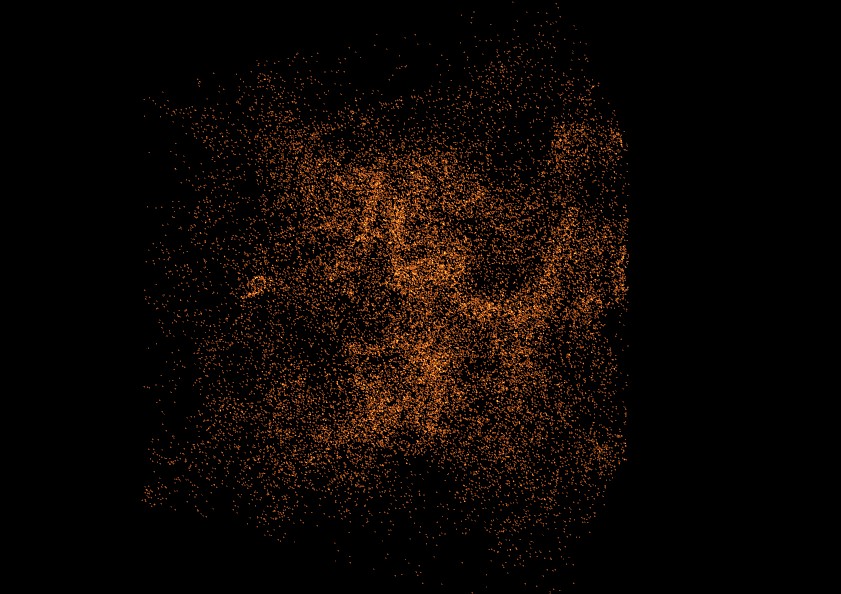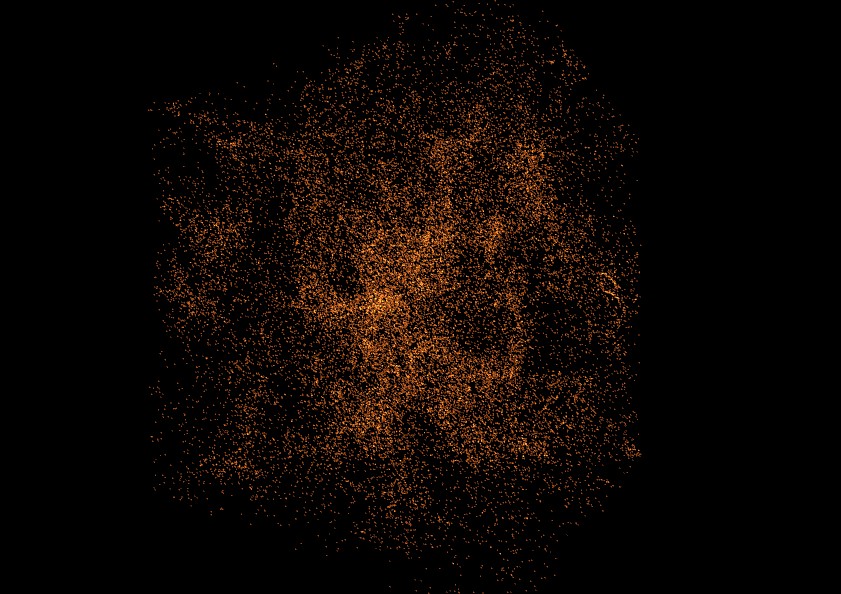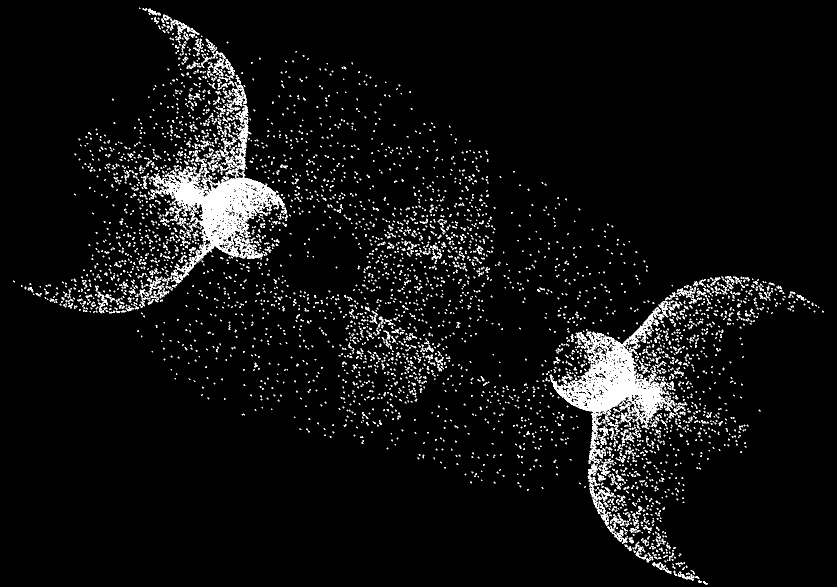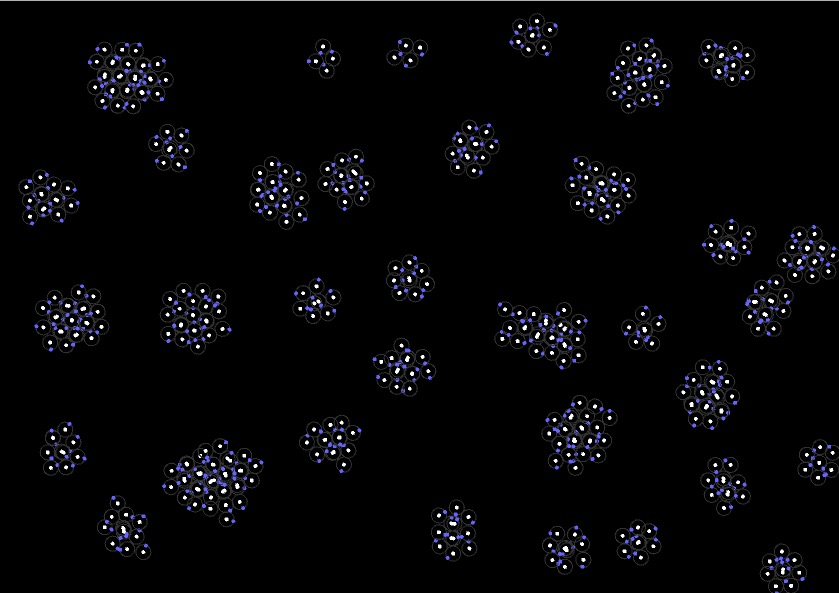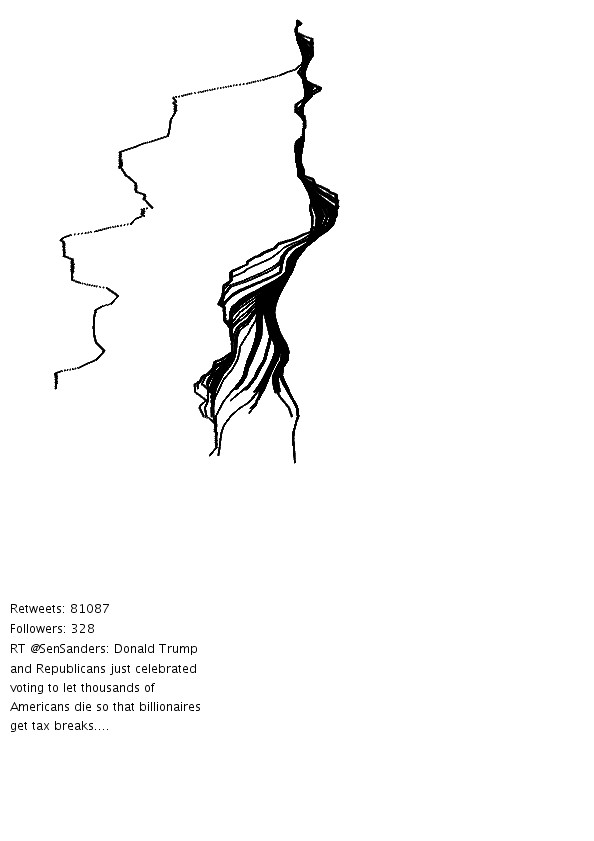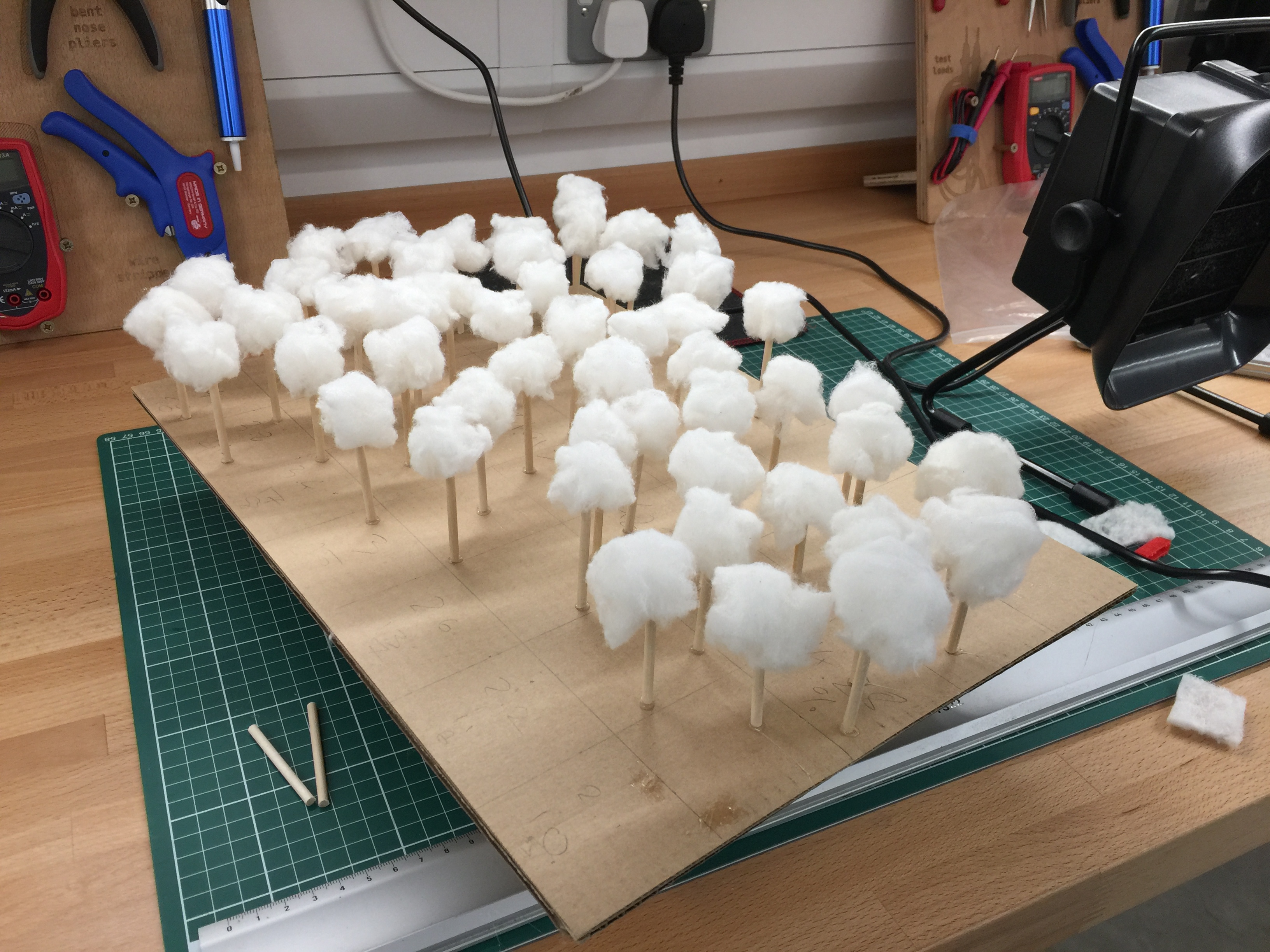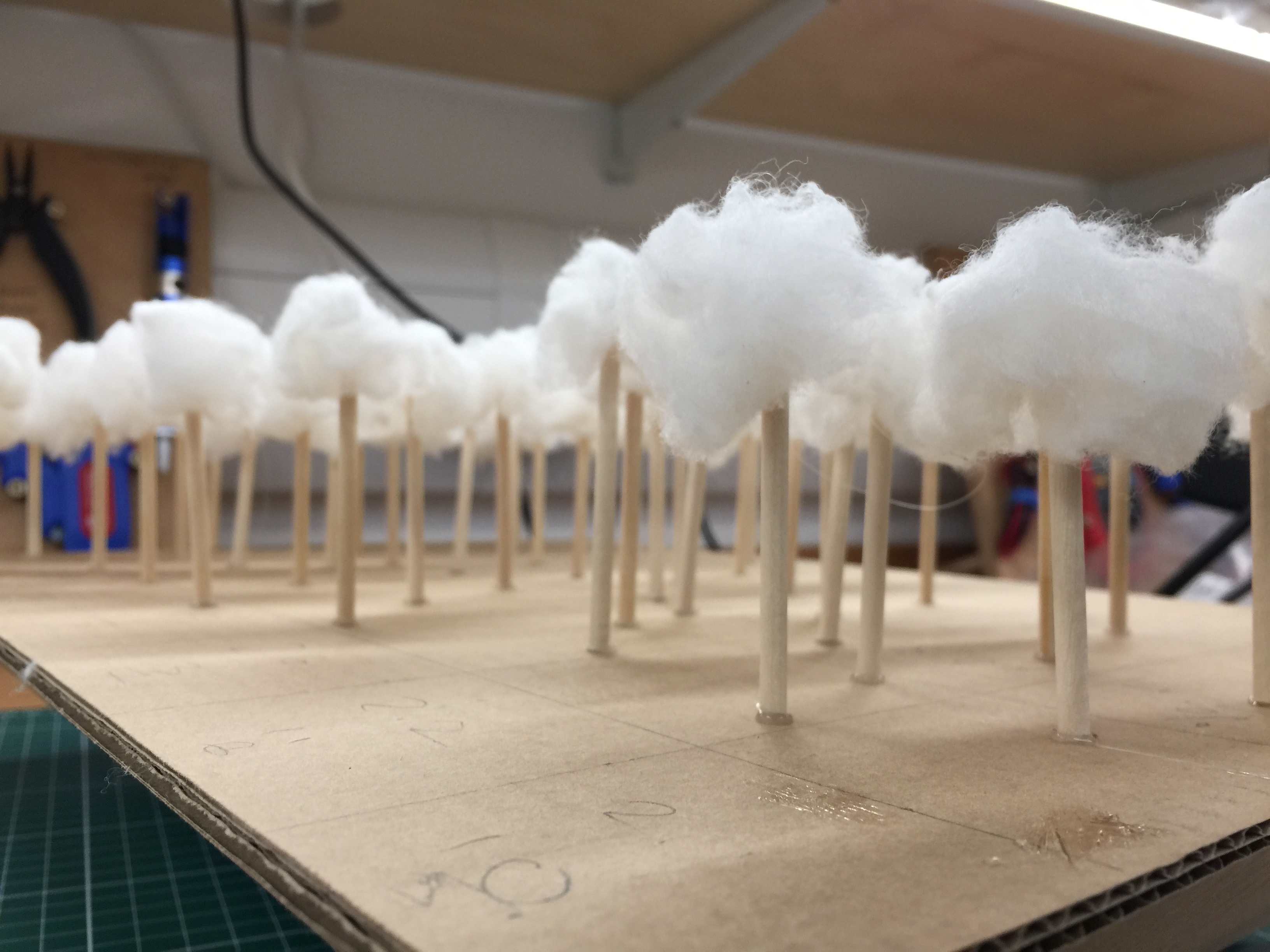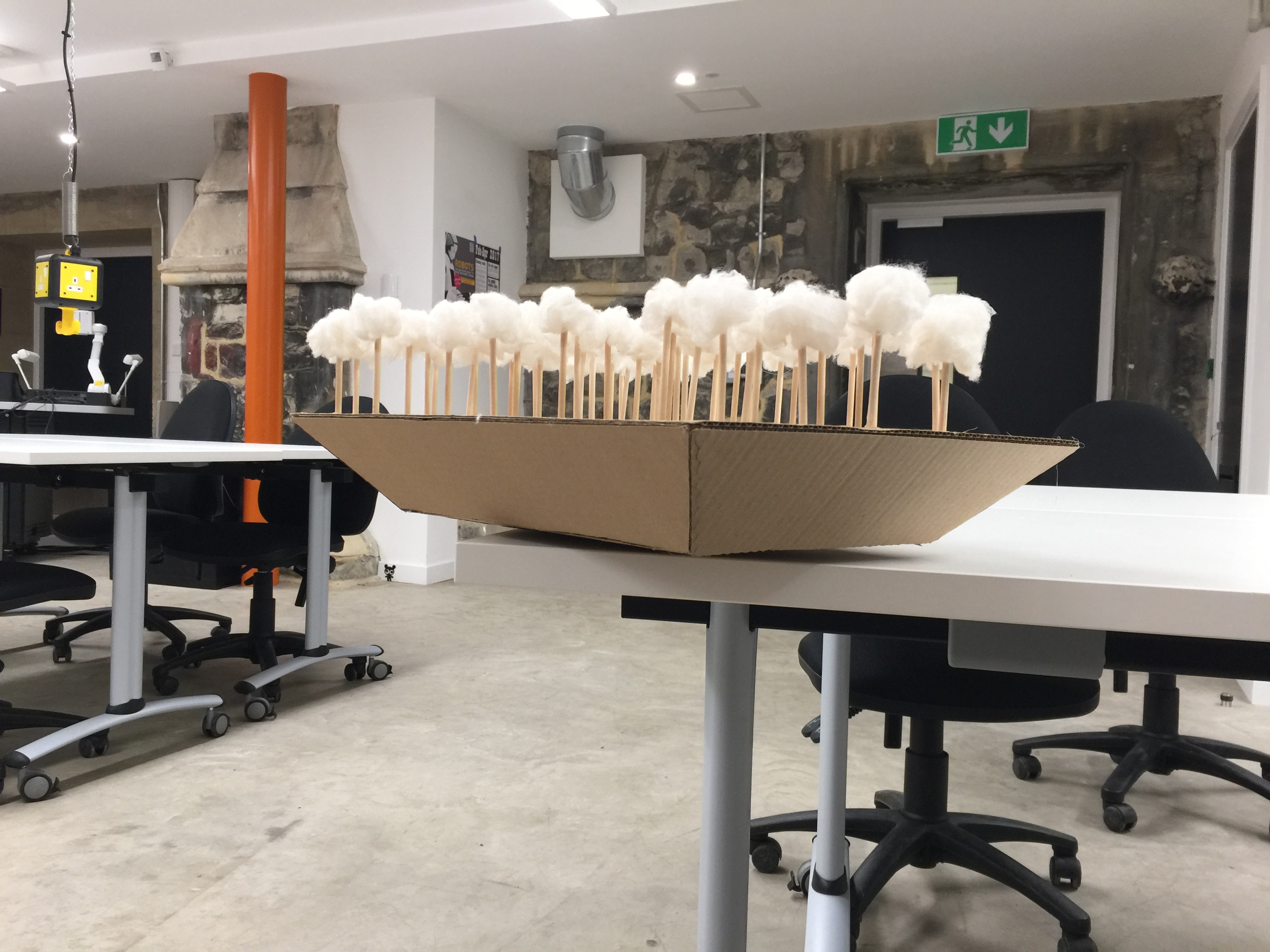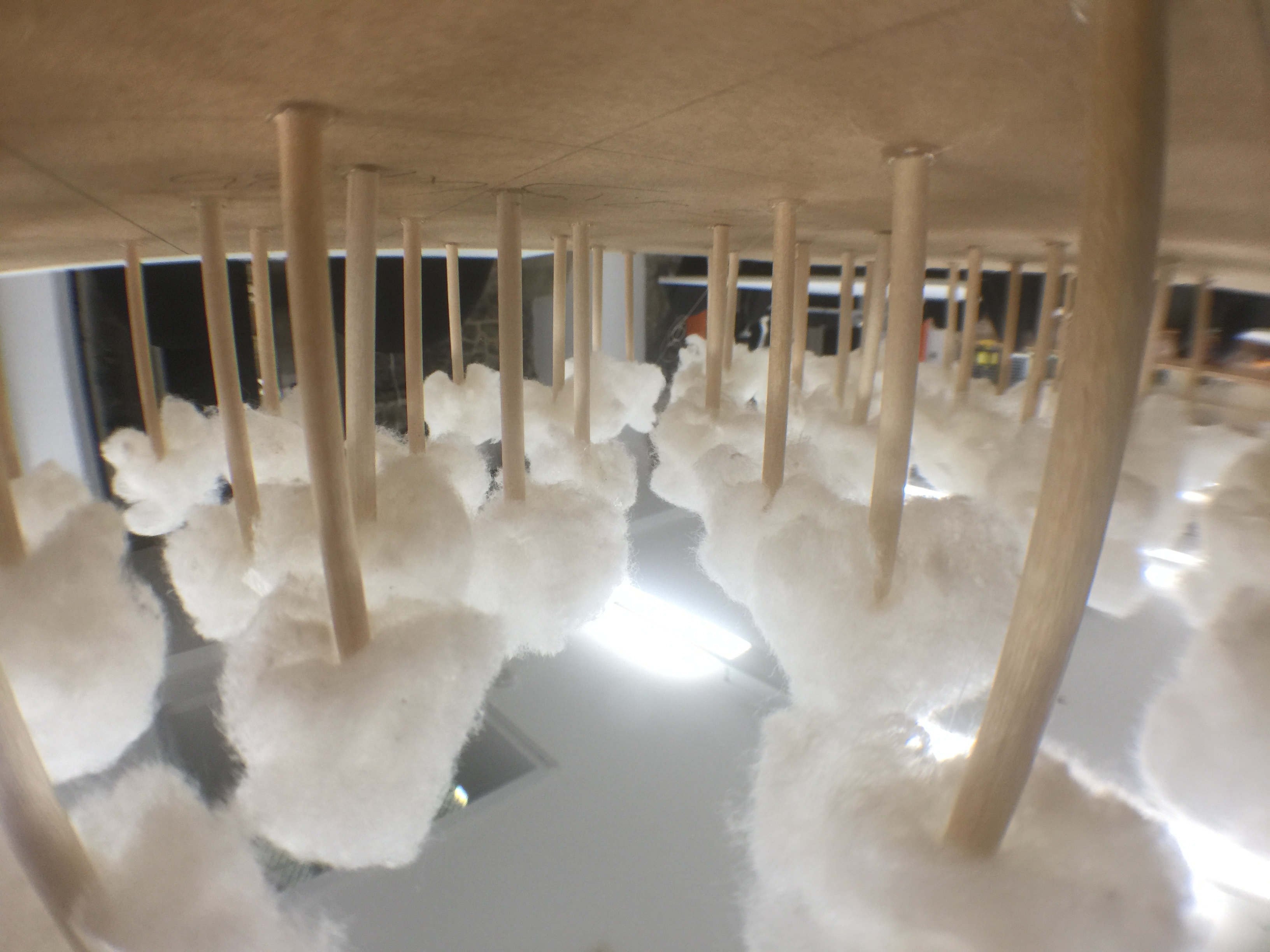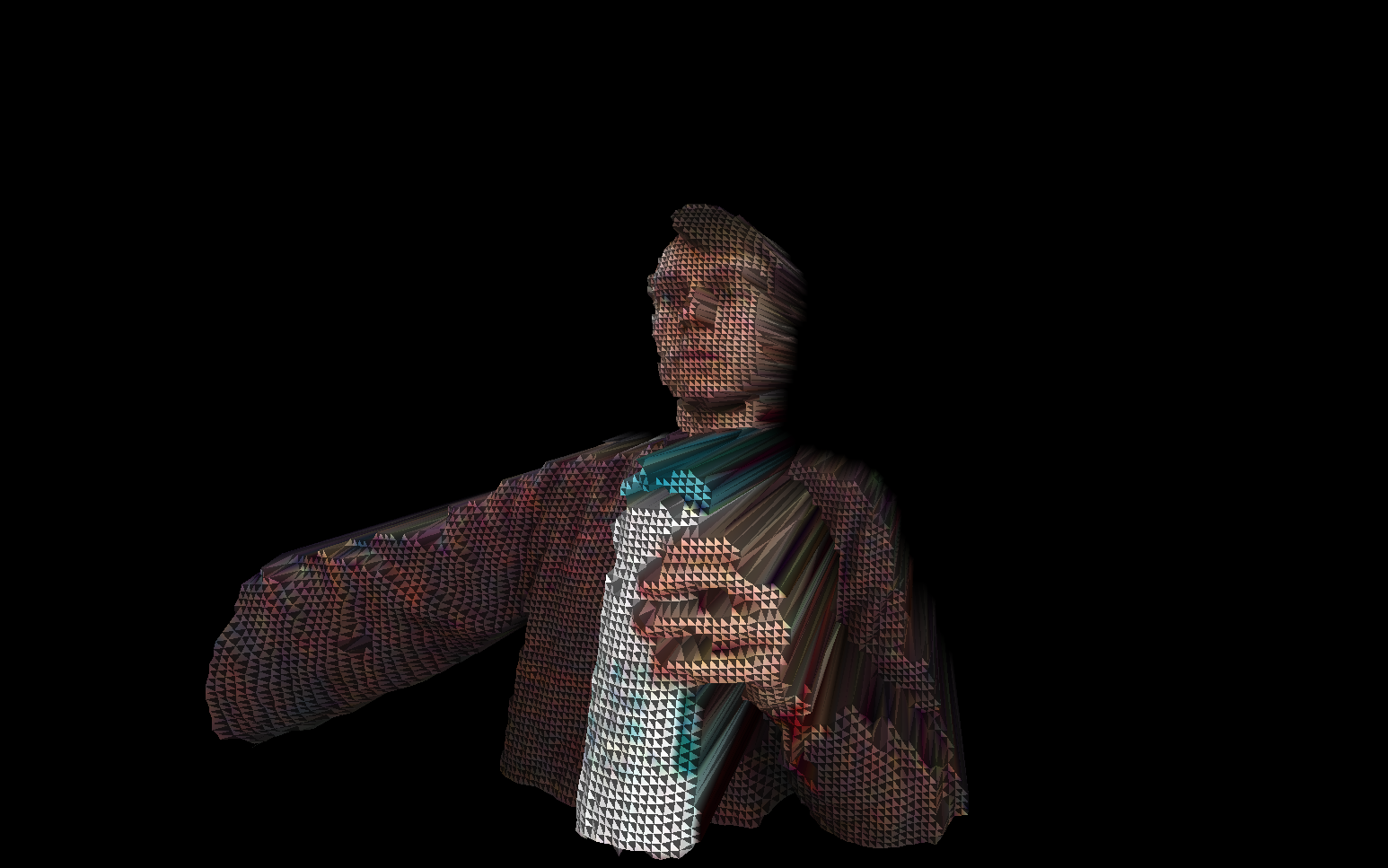___________________________________________________________________________________
A (VERY) LOST VOYAGE OF SCALES
Produced by
Arturas Bondarciukas
___________________________________________________________________________________
Five projects exploring the scale, from astronomical to microscopic, and processes that take place within those scales. Exploring different issues, ideas and concepts, these projects take the audience on A (Very) Lost Voyage of Scales.
1. Astronomical - The beginning
Modern cosmology has given us a picture of the universe that resembles the dying embers left floating after a grand firework display. At first sight, stars, nebulae and galaxies can be explained by physical processes alone, leaving no room for design. In the field of biology, Darwin relegated the argument for design to the margins. Interestingly, this is not the case for cosmology. Many physical scientists have adopted a theistic position based on their study of the universe and the laws of nature. After all, the elegance of the physical laws is one of the conditions for the existence of life as we know it. As the Cambridge astronomer Fred Hoyle famously remarked:
‘A common sense interpretation of the facts suggests that a superintellect has monkeyed with physics, as well as with chemistry and biology and that there are no blind forces worth speaking about in nature’ (Hoyle, 1982).
As my entry point into the 'Five studies of process and scales', I wanted to explore the sheer magnitude of our universe. In particular, I wanted to play with simulations of 'Cosmic Web'; a structure of the universe that holds clusters of galaxies together controls the flow of the matter between galaxies. The forces that hold the universe together are prime drivers behind this project, as well as the ever itching
One of the studies used a simple particle system, that starts from a singular point, an explosion, and two simple attractors (forces), the particles begin forming clusters. Seemingly random at the start, they slowly start taking place, eventually locking into their orbits, performing the same dance, seemingly forever. Focusing on simplicity and form, the virtual cosmic system goes on until interrupted.
The physical artefact is assembled from different layers, taken from the virtual artefact, each sliced at different points in time during the simulation. The bottom of the object represents the beginning, birth of the system and the very last top layer represents current time we live on, the now. The Same effect can be observed every day in the night sky; the starlight that reaches our planet are hundred, thousand, million and even billion years old, as it takes time for light from distant galaxies and stars to reach us. Essentially, stargazing can be considered looking back into the past of our universe itself.
Feeding on multiple studies the final virtual artefact is a volumetric flow field of particles, that over time form what seems to be a cosmic web, emerging out of the chaos.
References:
· http://www.bbc.co.uk/news/science-environment-25809967
· https://spaceplace.nasa.gov/review/dr-marc-technology/hubble.html
· Hoyle, F. (1982). The Universe: Past and Present Reflections. Annual Review of Astronomy and Astrophysics, 20(1), pp.1-36.
2. Ecological - Twitter storm
Lightning - perhaps one of the scariest and powerful phenomenon that takes place on earth. It is either followed by a long awaited rain or brings along devastating natural forces. It can happen anywhere on the planet, day or night, enveloping every corner of the globe. Perhaps the same can be said about social media, or in this instance - Twitter. Focusing on recent news of, and more interestingly the scandals surrounding them, Donald J Trump presidency, I focused on exploring the effects of new mass media (social network) on swaying public opinions and effects of collective consciousness around the topic (issue).
The influence of any single post on Twitter can be assesed by two factors: first, a number of followers that a person expressing an opinion has; and second, a number of times other users are retweeting the post of that person. Using these two 'influence' characteristics I made a virtual piece that collects 100 most recent tweets that mention word 'Trump', either in the main body of text, or a hashtag, if one is used. Starting from the top, these 'tweets' then raise to the 'ground', propelled by their 'influence value' to strike down like a lightning, and as a reward gets to display the content of the tweets that had the most reachibility aspect.
The physical artefact is direct representation of the virtual piece, created through a similar process to lightning - laser cutting (lightning is visible of the super hot plasma that forms when a short, but powerful stream of electrons flow through air, ionizing the atoms briefly to release the negative charge, which is similar to laser cutting through solid objects using similar methods). However, I want to laser cut a solid piece of glass or plexiglass and strip down the tweet, so that viewer is further abstracted from the medium and means, and is only left with the visual representation of the social media's impact on the opinion of masses, and reach that it has around the globe.
References:
http://www.huffingtonpost.com/yousri-marzouki/revolutionizing-revolutio_b_1679181.html
http://www.socialmediatoday.com/content/internet-things-and-race-singularity-0
https://www.forbes.com/sites/timothylee/2011/07/12/the-social-media-singularity/#24df115f254f
https://www.researchgate.net/publication/267884789_Virtual_Collective_Consciousness_Social_Networking_Accounts_of_the_Arab_Spring
3. Environmental - For every tree
The most used material on the planet, arguably, is wood. From simple wooden tools to houses entirely built from it, wood has highly desirable properties: strength, flexibility, weather resistance, longevity and sheer abundance. However, with ever increasing needs of growing population around the world, we must reconsider how we use this wonderful material.
There are some 10 billion trees cut every year (net amount, deducting replanting from 15.3 billion). These are quite abstract numbers. To put that in perspective - that's almost 32 trees cut every second. To give these numbers meaning, I created a virtual artefact that reflects these numbers by planting a generative tree every five seconds while keeping the tally of the trees cut at the same time, giving the user a visual feedback that is live and fairly accurate to the deforestation taking place.
Since we began tilling the land, we already have removed almost half of the world trees. To quantify these statistics, the physical artefact I have produced is a material representation of that. From one side of the object to another, the viewer can see a gradual reduction of model trees - exactly half are missing at the opposite end. Using the materials that come from cutting down the trees, I chose these materials to provoke thoughts in the viewer about how we utilise these materials and reconsider the future of the planet we live on.
References:
http://gizmodo.com/humans-have-eliminated-half-the-worlds-trees-1728295234
https://www.worldwildlife.org/threats/deforestation
4. Human - 3D Capture
Mundane, the usual, routine. There are countless of little 'rituals' that we perform daily. Dressing up, eating, showering - just to name few. The performative aspect of these dances that really fascinated me, and variations within them. In this project, I wanted to explore the vernacular and the occasional 'slip' of randomness in it.
As a photographer and avid street shooter, I am always on a lookout for a moment to freeze. Perhaps the most interesting part of street photography for me has been always finding a twist in the vernacular, oddity in similarity, strange in the familiar. There's truth in candid, but it doesn't have to be. The problem is twofold here; photography as objective truth and a tool for creation of truth. Here is where photography, for me personally, hits its limit. The subjective nature of the wholeness of the truth conveyed in a photograph is (perhaps, fortunately) determined by the snapped moment, both spatially (framing, focal length, lighting) and temporarily (timing, moment, shutter duration). I have always wanted to create a system that would allow at least three-dimensional scene exploration, looking at things slightly differently after capturing them. These ideas gave birth to this '3D Capture' project.
The idea behind my human scale concept is to analyse the repetitive tasks that I (or anyone else) do over the course of a day. Monotonous tasks, usually repeated without much divergence, might include cooking, eating, brushing teeth, taking the same route for a daily commute, just to name a few. The challenge for me in representing these tasks as an artefact is what makes it so fascinating. There’s often little to no thought about these performative movements we might do, usually performed in an ‘auto-pilot’ mode.
What happens to these gestures taken out of the context of our environment? What little divergences occur when we perform them daily? How can those tasks be represented? What makes them interesting and boring, or usual and strange? These are only a few questions that I tried to address with my project.
5. Microscopic - 'Richard Dawkin's proof of atheism' or 'How he shot himself in the foot'
‘There seems to be no more design in the variability of organic beings, and in the action of natural selection, than in the course which the wind blows’. – Charles Darwin
Many computer programmers have tried to emulate the workings of natural selection to explain the phenomenon of evolution and the emergence of life. These experiments have led to interesting, and sometimes inadvertent, philosophical implications. Continuing on the ideas of setting up the precise laws to 'simulate' a life form, this project is aimed at exploring the underlying assumption of intelligent design.
In his book, The Blind Watchmaker, Dawkins references the famous ‘infinite monkey theorem’ to explain the all-encompassing power of natural selection (Dawkins, 2015). He uses a computer simulation to first demonstrate the sheer improbability of getting the Shakespearean phrase, ‘Methinks it is like a weasel’ if a row of monkeys were hitting a typewriter at random. The chances are virtually zero. However, he then attempts to demonstrate that the process that drives evolutionary systems is not pure chance, but random variation combined with non-random cumulative selection. This mechanism, which apparently lacks purpose and foresight, can explain the illusory appearance of design seen in nature.
To do this, Dawkins introduces a mechanism by which the target phrase can be quickly reached. This time, as the monkey hits a letter, it is compared to the target letter (which is, incidentally, a highly non-random process). And when the monkey has typed the correct letter of the desired phrase, the comparison mechanism retains the letter (another highly non-random process). Unless the monkey gets the target letter, it continues typing. With this added mechanism (representing natural selection), what would otherwise take trillions of attempts now only takes forty-three to reach the target phrase.
According to Dawkins, natural selection is a ‘blind, unconscious, automatic process’ which ‘has no purpose in mind. It has no mind and no mind’s eye. It does not plan for the future. It has no vision, no foresight, no sight at all’ (Dawkins, 2015). Thus, for Dawkins, his ‘weasel program’ conclusively shows us how natural selection - a blind, mindless, unguided process - can bring about extreme biological complexity. Unfortunately for Dawkins, however, it does nothing of the kind.
Dawkins paradoxically introduces the two very things he explicitly wanted to avoid: that evolution is blind and without a goal. But having to introduce a precise target phrase shows that evolution is indeed goal-orientated. Evolution is also apparently blind. So how is it able to not only see the target but also make comparisons and retain an attempt only if it is matching a predetermined goal?
Oxford mathematician John Lennox elaborates on this point: ‘Dawkins tells us that evolution is mindless. What, then, does he mean by introducing two mechanisms, each of which bears every evidence of the input of an intelligent mind - a mechanism that compares each attempt with the target phrase, and a mechanism which preserves a successful attempt? And, strangest of all, the very information that the mechanisms are supposed to produce is apparently already contained somewhere within the organism, whose genesis he claims to be simulated by his process. The argument is entirely circular’ (Lennox, 2010).
To lapse into atheist thinking for a moment, God might be superfluous when doing physics equations, and it would not be necessary to invoke God to explain how organisms evolve from simple beginnings to more complex strictures. That's hardly surprising. In the same way, if you came across Dawkins computer simulation, of course, he would not appear in the mathematical description of how the software works. What does this prove? That Dawkins doesn’t exist? That some kind of intelligence (i.e. Dawkins’ mind) didn’t set up this mechanism? Clearly not. Dawkins inadvertently shows us that there is more to the evolutionary process than the blind, mindless and unguided process of natural selection.
Positing an intelligence in the grand scheme of things is not an alternative to science. Rather, the intelligibility of the universe itself needs explanation. It is not the gaps in our understanding of the world which point to God, but rather the very comprehensibility of scientific understanding that requires explanation. The very existence of the laws of nature raises many interesting questions about the universe. The continuing conformity of physical particles to precise mathematical relationships is something that is much more likely to exist if there is an ordering cosmic mathematician who sets up the correlation in a requisite way.
Obviously, the God hypothesis is not convincing if you assume that materialism is true. Materialists erroneously think that theists also arrive at the idea of God starting from a purely physical universe, and magically arriving at God as a final explanation. Rather, the God hypothesis explores the possibility that consciousness and purpose may be at the heart of objective reality.
Charles Darwin ended his book, The Origin of Species, with this sentence: ‘There is grandeur in this view of life... from so simple a beginning endless forms most beautiful and most wonderful have been, and are being, evolved’ (Darwin, 1925). That is a positive view of evolution, and it is a view that magnifies the wisdom, the power, and the creativity of nature's creator.
Could this physical realm be a thought experiment of a cosmic mathematician? This ‘virtual reality’ model posits that Mind, rather than brute matter, is the ultimate ground of all being. The identity of the virtual reality ‘programmer’ must be sought in the Ground Reality itself. What is the nature of the Grand Reality, and how does it come to generate such elaborate and marvellous phenomena? This is a question for the mystics, and answering it could be the next step in one’s eternal quest to unravelling the mysteries of the universe.
References:
• Darwin, C. (1925). The origin of species. 1st ed. [New York]: Books, Inc. Publishers; New York-Boston.
• Lennox, J. (2010). God and Stephen Hawking. 1st ed. Oxford: Lion.
• Dawkins, R. (2015). The Blind Watchmaker. 1st ed. New York: WW Norton & Co.































































